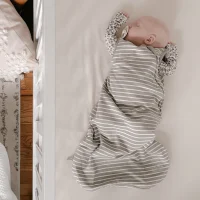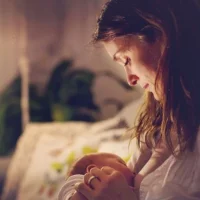A crib mattress is an item you ideally purchase once for long-term reliability. After dedicating 11 hours to evaluating hundreds of options and a month of hands-on testing with 12 models, we’ve concluded that the dual-sided Moonlight Slumber Little Dreamer offers the ideal combination of durability, comfort, and easy maintenance for most families. Designed to transition effortlessly from infancy to toddlerhood, its firm yet supportive surface ensures safety and comfort while the wipeable, hygienic design simplifies upkeep as your child grows toward needing a full-sized bed.
Who should get this
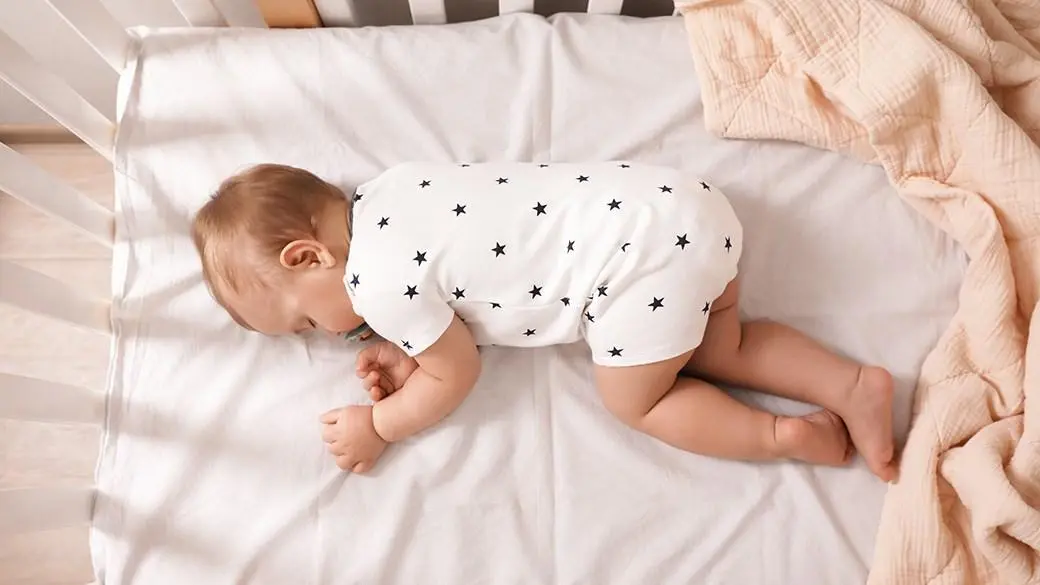
Parents universally recognize children’s substantial need for sleep. Newborns typically spend 16 to 17 hours daily sleeping during their earliest weeks—though often fragmented throughout daytime hours—while infants and toddlers generally require over 10 hours of nighttime rest supplemented by one or two daytime naps. Cumulatively, a child accumulates approximately 9,000 hours of sleep by age two.
Much of this sleep occurs in cribs, with families frequently transitioning the crib into a toddler bed around the second birthday. This means many children continue using their crib mattress for an additional year or two before graduating to larger beds. For practicality and longevity, parents often prioritize selecting a resilient mattress that balances infant-safe firmness with adequate comfort for older toddlers, ensuring both safety and orthopedic support throughout these developmental stages.
How we picked

A “crib mattress” search yields over 600 Amazon results. To refine our testing pool, we cross-referenced expert insights, parent reviews, and editorial experience, prioritizing top sellers and recommendations from established guides. After narrowing to 20 contenders through online analysis and manufacturer discussions, we finalized 12 models for a four-week in-home trial.
Pre-testing, we interviewed brand representatives—including Naturepedic’s Barry Cik and Newton Baby’s Michael Rothbard, alongside Colgate, Kolcraft, and Moonlight Slumber teams—to understand material composition and unique features. All tested mattresses met standard dimensions (27¼” x 51⅝”, ≤6″ thickness) to ensure crib compatibility and safety, with gaps no wider than two fingertips between mattress and crib walls.
Following AAP guidelines advising against memory foam (due to suffocation risks from indentation), we excluded such models. Our evaluation criteria, shaped by research, expert input, and hands-on testing, prioritized:
- Firmness: Critical for infant safety; excluded memory foam and flimsy designs.
- Cleanability: Waterproof or washable covers essential for spills/accidents.
- Lightweight build: 6–20 lbs for easy handling during sheet changes.
- Durability: Longevity for multi-child use, with focus on shape retention and tear-resistant covers.
- Quiet covers: Prioritized noise-free materials over “crunchy” textures.
- Comfort: Dual-sided options (firm infant side, softer toddler side) preferred.
- Minimal bounce: Avoided designs encouraging play over sleep.
- Affordability: Tested 300 range; rejected sub-300) deemed unnecessary per expert consensus.
- Warranty/service: Strong customer support prioritized, with flagged brands lacking responsive contacts.
- Certifications: All tested mattresses were Greenguard Gold (low VOC) and CertiPUR-US certified (non-toxic foam). Organic options also held GOTS certification.
How we tested
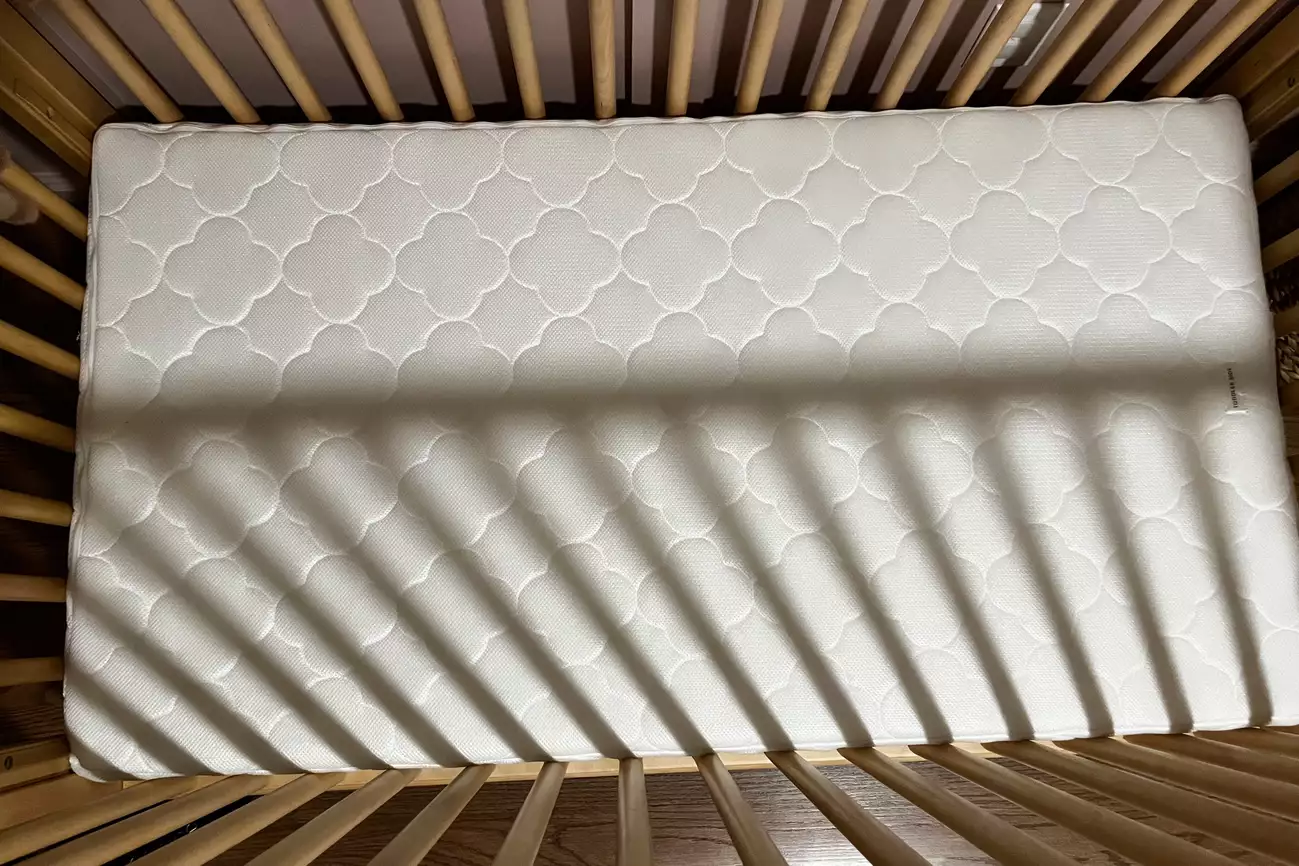
Over a month-long evaluation period, 12 crib mattresses underwent comprehensive testing in my home with assistance from my three children. Each unit was unboxed, inspected for material disclosures on tags, and assessed for compatibility in a standard IKEA crib—confirming no gaps exceeding two fingertips along the edges.
Sheet-changing efficiency was measured through timed trials (target: <1 minute per change), revealing tight fits with Carter’s sheets on thicker 6-inch models. Firmness evaluations involved placing a 6-pound weight (approximating a newborn’s weight) at the center, observing sag in budget options, and testing edge support by applying pressure.
Children participated in extended real-world simulations—rolling, jumping, and sleeping on mattresses for four weeks. Foam models showed minimal bounce compared to innerspring variants, with notable preference expressed for specific brands like Moonlight Slumber.
Liquid resistance testing included controlled spills of water, juice, and applesauce. Waterproof covers demonstrated effortless cleanup, while cotton-covered mattresses were excluded from rigorous spill tests due to anticipated absorption issues. Durability assessments involved seam-tugging and surface-scratching trials, revealing vulnerabilities in single-layer vinyl covers versus resilient three-ply or reinforced alternatives.
Final rankings prioritized cost-effectiveness, material quality, and warranty terms, synthesizing data from hands-on performance metrics and manufacturer specifications.
Our pick: Moonlight Slumber Little Dreamer

The Moonlight Slumber Little Dreamer stands out as the most well-rounded crib mattress for its adaptability, practical design, and competitive pricing. It excelled in all critical evaluation categories, providing an infant-safe firm surface alongside a uniquely cushioned toddler side that outperformed competing dual-sided models in comfort.
Its medical-grade knit cover—waterproof, odor-resistant, and stain-repellent—simplifies cleanup significantly compared to other mattresses. The seamless construction prevents liquid penetration into crevices, a design refinement influenced by the founder’s background in medical mattress manufacturing prioritizing hygienic surfaces.

Weighing 10.5 lbs, it balances portability with structural stability. Defined edges (absent in most competitors) streamline sheet changes, while its noise-free, flexible cover accommodates restless sleepers. Certified by Greenguard Gold and CertiPUR-US, it eliminates PVC, phthalates, and flame retardants like PBDE, instead using a flame-resistant gauze wrapping around its polyurethane core—a shared safety feature among premium options.
Though foam construction minimizes bounce, durability tests and user reviews indicate long-term resilience. Backed by an industry-leading 8-year warranty (defined as the product’s “lifetime”), it offers peace of mind beyond typical guarantees.
Launched in 2004, Moonlight Slumber’s Little Dreamer remains their flagship model, with twin/full-size versions mirroring its toddler-side comfort for seamless transitions to bigger beds.
Balanced Considerations
While the Moonlight Slumber Little Dreamer delivers exceptional performance, its price point—around $200 on Amazon—may stretch budgets for families simultaneously purchasing a crib and other nursery essentials. Parents seeking affordability might explore our budget-friendly alternative.
Long-term value, however, justifies the investment for multi-child households or extended use. Its durability resists sagging and wear over years, making it ideal for daily use. For occasional needs, like grandparent visits, a cheaper secondary mattress could suffice.
Historically, Moonlight Slumber faced FTC scrutiny in 2017 for misleading “organic” claims and undisclosed self-awarded certifications on certain models. While unrelated to the Little Dreamer specifically, this underscores the importance of skepticism toward vague marketing terms in the crib mattress industry—a caution echoed in our own evaluations.
Also great: Naturepedic Organic Cotton Lightweight Classic

The Naturepedic Organic Lightweight Cotton Classic stands out as a practical option for parents prioritizing GOTS-certified organic materials paired with functional design. Its lightweight build (12 lbs) simplifies sheet changes, while the waterproof, seam-free cover ensures effortless cleanup—critical for diaper-related messes.
Constructed with a polyethylene core wrapped in organic cotton layers and a food-grade waterproof coating, it employs the brand’s patented “wavesupport” technology—a wave-shaped structural design that replaces traditional fire retardants. Post-2014 flammability standard updates (shifting from open-flame to smolder testing), Naturepedic’s material transparency and compliance offer reassurance, though no tested mattress posed proven health risks from flame retardants.
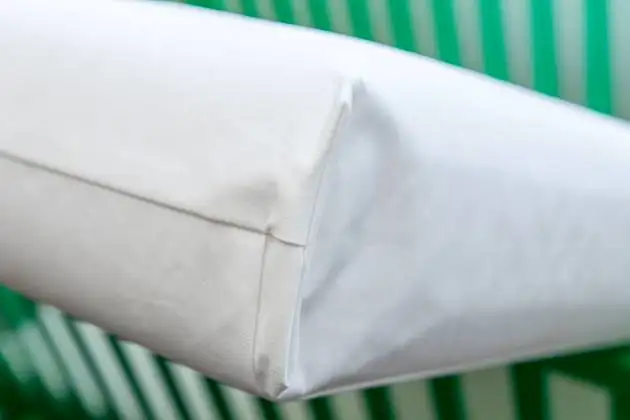
Priced around 60 pricier than budget alternatives but notably cheaper than competitors averaging $400+ for organic models. Retailers like Sprout San Francisco highlight its popularity among eco-conscious families, while advocates like Bobbi Wilding commend its material clarity and durability—evidenced by her own use of a Naturepedic twin mattress for her child.
Key advantages include:
- Low bounce: Foam fill ensures stability, discouraging playfulness.
- Noise-free: Soft cover remains silent during movement.
- Dual endorsements: Combines parental trust with environmental advocacy group approvals.
For those valuing organic certifications without compromising practicality, this mattress balances safety, ease of use, and long-term value.
Budget pick: Sealy Soybean Foam-Core Crib Mattress

Priced at roughly half our top choice, the Sealy Soybean Foam-Core Crib Mattress delivers reliable safety and comfort within a $100 budget. While it shares CertiPUR-US and Greenguard Gold certifications for low VOCs with pricier models like the Moonlight Slumber Little Dreamer, its single-sided design lacks the durability, ease of cleaning, and toddler-friendly comfort of dual-sided alternatives.
Despite this limitation, the Sealy’s firmness rivals premium options and outperforms similarly priced mattresses in comfort. At just over 8 lbs, its lightweight build simplifies sheet changes, though the vinyl cover—while waterproof—shows vulnerability at seams during stress tests and may degrade faster than competitors’ designs. A one-year warranty further underscores concerns about its longevity compared to models built for multi-year use.

Marketing references to “natural” soybean oil in its foam are largely symbolic, as the component minimally reduces petroleum dependency. The phthalate-free vinyl cover meets safety standards, but the mattress’s value lies in its balance of affordability and immediate functionality rather than long-term resilience or eco-innovation.
The Competition
Our evaluation included 12 crib mattresses divided into two categories: higher-end models (priced above $150 with materials like organic cotton or medical-grade covers) and budget-friendly alternatives.
Among premium options, the Newton Baby Wovenaire ($300) stood out for its innovative Japanese-made “wovenaire” core—90% air, 10% recyclable polymer—praised for breathability and adult-inspired comfort. However, its water-repellent (not waterproof) washable cover complicates cleanup during spills or accidents, requiring full removal and air-drying. Despite glowing customer reviews, this labor-intensive maintenance excluded it from our top picks.
In the budget tier, the Serta Tranquility Eco Firm combined innerspring coils and foam in a dual-sided design. While durable and easy to clean, its indistinct infant/toddler sides and heftier weight (15 lbs) made it less appealing than the lighter, similarly priced Sealy Soybean Foam-Core.
The Sealy Baby Firm Rest’s innerspring construction suffered from a flimsy vinyl cover prone to punctures and noisy seams, underperforming against its sibling model. The Safety 1st Heavenly Dreams, though affordable, revealed durability concerns with its thin polyester padding and vinyl shell, making it suitable only for occasional use.
Lastly, the Kolcraft Pure Sleep Therapeutic 150’s borderless 150-coil design lacked edge support, exposing toddlers to potential discomfort from protruding wires. Despite a sturdy vinyl cover, significant sagging under weight and weak seams further diminished its appeal. Each contender highlighted trade-offs between cost, durability, and ease of maintenance, reinforcing the strengths of our top selections.
Crib Mattress Care and Maintenance Essentials
To ensure your baby’s safety and prolong the mattress’s lifespan, follow these guidelines:
- Air out new mattresses: Let the mattress ventilate for 2–3 days before use to dissipate any residual odors.
- Prioritize safe sleep practices: Always place infants on their backs on a firm surface with only a fitted sheet. Avoid bedding, pillows, or toys in the crib, as per AAP and CPSC guidelines to reduce suffocation risks.
- Check mattress fit: Use the “two-finger test”—ensure gaps between the mattress and crib sides are no wider than two fingers to prevent entrapment.
- Flip timing for dual-sided mattresses: Transition to the toddler side only after 9–12 months, once neck control and mobility develop. Consult your pediatrician first.
- Protect with waterproof layers: Use a fitted waterproof pad under sheets for non-waterproof mattresses to guard against leaks.
- Follow cleaning instructions: Wipe spills with a damp cloth and mild detergent. Ensure thorough drying to prevent mold growth. Note variations for cotton-covered or non-waterproof models.
- Monitor firmness: Replace mattresses showing indentations, which pose rebreathing risks if infants roll face-down.
- Store properly: Clean and store unused mattresses in cool, dry environments to inhibit bacterial or mildew growth.
